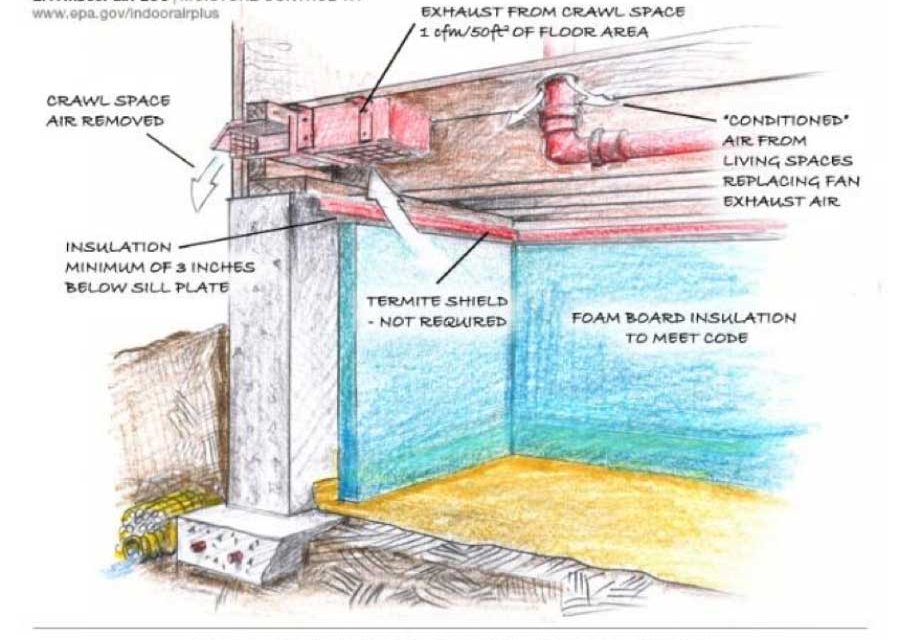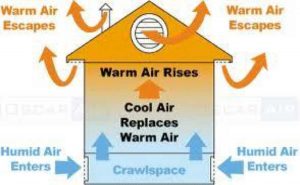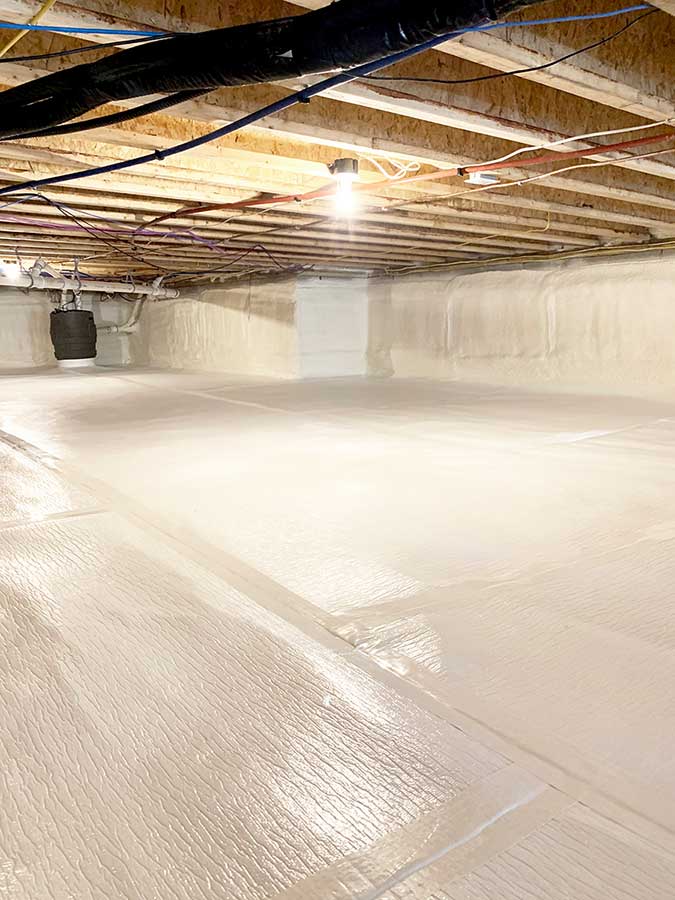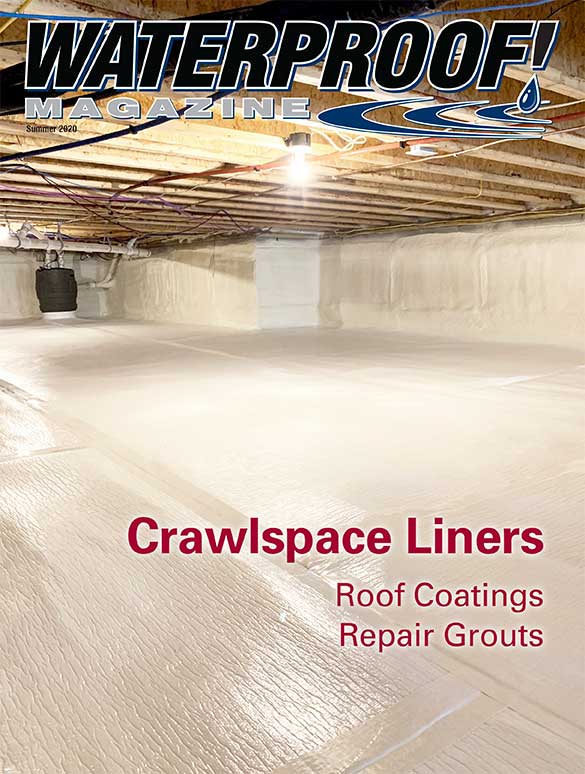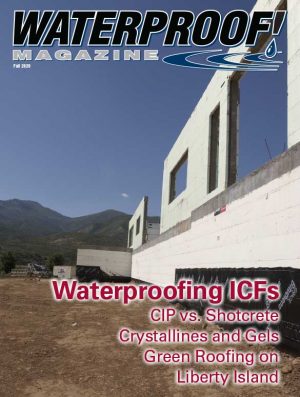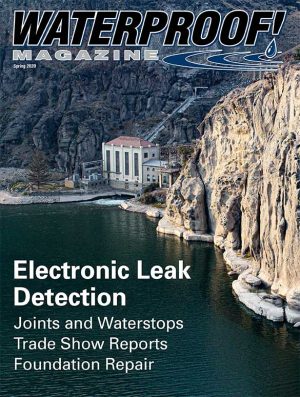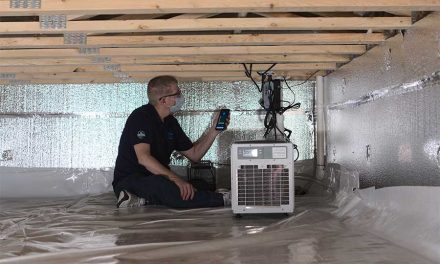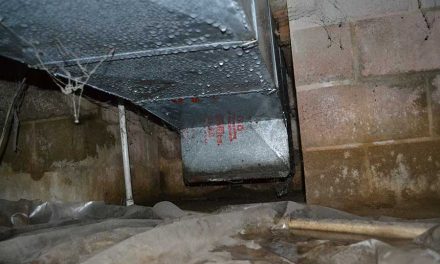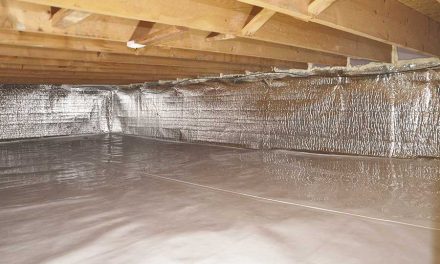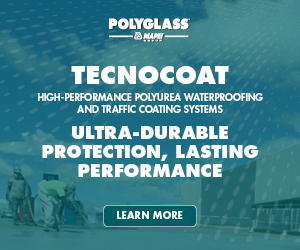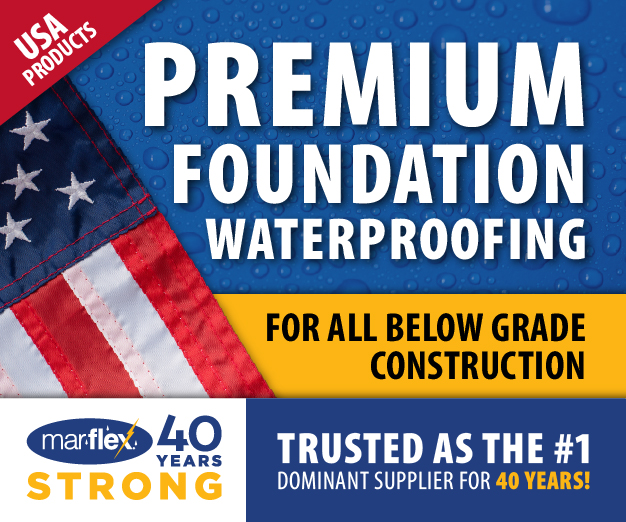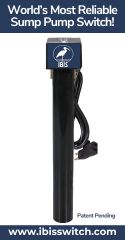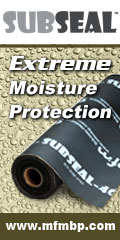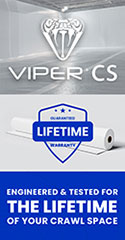By André Lacroix
A fact you won’t soon forget: Human beings breathe up to 70,000 times per day.
The U.S. Environmental Protection Agency (EPA) tells us that “the air in the average American home is a minimum of five times (and can be as much as 100 times) more polluted than outdoor air.” Much of this is due to the “Stack Effect,” where the home functions as a chimney with hot air escaping through the attic. The rising warm air draws air in through open vents, cracks, or other openings and up from the crawlspace. Actively drawing dirty crawlspace air into the living environment above is detrimental to providing a healthy indoor environment.
This dynamic exaggerates the introduction of toxins from the crawlspace into the home.
For homes with crawlspaces, indoor toxins are greater than for those homes without crawlspaces. The average home built on a crawlspace has higher risks for toxic exposure throughout the whole home. A recent study indicated that crawlspaces, due to their porous nature, absorb up to 20 gallons of water vapor per day, which again, is responsible for up to 80% of the home’s indoor moisture. This process contributes to the acceleration of foundation decay, bacteria growth, mold, and mildew, as well as attracting bugs, spiders, and other pests.
Crawlspace Vents
Many crawlspaces were initially built with passive vents to the outside to allow the crawlspace to be “vented.” Building codes across North America are now changing, as building science now realizes that passive vents to the outside are actually contributing to a dirty crawlspace by introducing more moisture into an already damp space. A poorly designed crawlspace is a contaminant source contributing to the poor indoor air quality in the home.
According to the EPA, the answer is to condition and mechanically vent the crawl space. This has been shown to provide better moisture control, and the crawlspaces are more energy efficient.
The good news is that we can help homeowners do something to combat this growing health concern. By encapsulating the crawlspace, conditioning it, and providing exhaust ventilation, basement contractors can make a difference.
Not only will this create a healthy crawlspace, but the occupants will see a reduction in indoor allergens, humidity levels, trapped gasses, and pollutants, as well as all of those nasty chemicals we introduce into our indoor environment every day.
If we need to breath up to 70,000 times per day just to sustain us, it’s probably a good idea to be sure that the air we are inhaling is the healthiest it can be to support us in being the healthiest we can be!
André Lacroix is president of the Basement Health Association and is a certified healthy homes specialist, certified indoor environmentalist, and certified radon measurement provider. He is also vice president of EZ Breathe Healthy Home Solutions, and can be reached through the company website www.ezbreathe.com.
Summer 2020 Back Issue
$4.95
Grouts for Waterproofing and Structural Repair
The Crawlspace: Link to a Healthy Home
Waterproofing Your Crawlspace
High Performance Crawlspace Liners
Working In an Era of Covid
Elastomeric Coatings: Misconceptions, Myths, and Key Considerations
AVAILABLE AS DIGITAL DOWNLOAD ONLY
Description
Description
Grouts for Waterproofing and Structural Repair
Grouts can repair leaking manholes and sinking foundations, being injected into or behind the failure to eliminate moisture or restore structural strength.
The Crawlspace: Link to a Healthy Home
By André Lacroix
Encapsulating the crawlspace, conditioning it, and providing exhaust ventilation can create a healthy crawlspace.
Waterproofing Your Crawlspace
By Ben Rogers
Waterproofing, proper monitoring, and air quality control, can make crawlspaces a healthy, usable, and more pleasant area of the home.
High Performance Crawlspace Liners
By Ryan McCoy
High performance membranes can be used to encapsulate crawlspaces to improve air quality, energy bills, and the risk of mold and mildew.
Working In an Era of Covid
By Diana Parks
As the coronavirus spreads and threatens to derail construction projects, a legal expert explains how the industry can prepare for its effects.
Elastomeric Coatings: Misconceptions, Myths, and Key Considerations
By Chadwick Collins
Fluid-applied roof membranes made of high-tech resins cure to form a rubber-like elastomeric waterproof membrane that greatly prolongs the life of the roof.
Additional Info
Additional information
| Magazine Format | Digital Download Magazine, Print Mailed Magazine |
|---|

